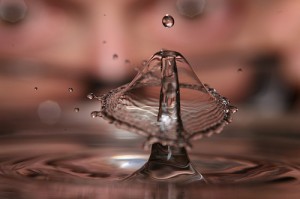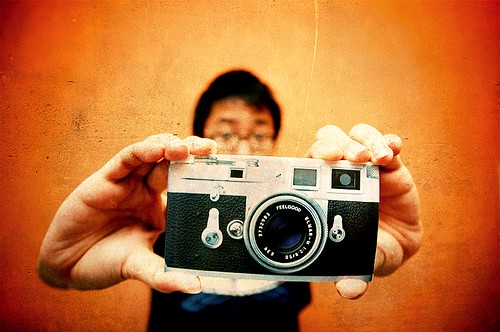I’ve traveled with a bunch of different cameras; all from the good old film cameras, to 3D Polaroid cameras, waterproof cameras and now a DSLR camera.
But no matter what camera you use, there are always going to be a few common problems – the most significant one being the weather.
You can’t control the weather, but you can prevent it from damaging your camera and ruining your inspiring pictures.
So today I want to share with you a few tips to help you protect your camera from rain and the weather.
Heat
When traveling in countries where the weather is hot and the sun is strong, you can really damage your camera. One problem we’ve had while shooting in Thailand has been camera overheating on a daily basis.
Here are a few tips we find help:
Try to keep your camera out of direct midday sunlight. We’ve decided to try and only film in the mornings and afternoons, and avoid using it when the sun is at its strongest and hottest.
This will keep the camera cool and happy.
Whenever the red temperature lamp (or whatever sign your camera has for overheating) shows up, turn the camera off and let it cool down.
It’s bad for the camera if it’s used while it is overheated. Also try to keep it as still as possible when this happens.
Never leave it in a car for hours, as a car is like a greenhouse and can get really hot. If you have to leave it, put it in the trunk or under the seat.
It’s not ideal, but better than in direct sunlight.
Condensation and Moisture

Extreme temperature changes, such as air-conditioned rooms, can cause condensation on the lens and affect the inner circuitry, getting water in the wrong places.
When you bring your camera into an A/C environment (hotel room, malls, restaurants etc), keep it in the camera bag in its own pocket of air (there it has a steady temperature), and slowly introduce it to the cooler temperature, by opening it bit by bit.
The same applies when bringing a camera into a warm room out from the cold outdoors. Another tip is to put it in a plastic bag for a few minutes.
This will allow the camera to cool down/warm up slowly, and prevent condensation and moisture. If you get condensation on the lens, use a dry and clean lens cloth to wipe off the mist.
If it’s raining outside, or you’re somewhere where the chances of getting your camera soaked in water (like the water festival in Thailand, or photographing splashing waves), don’t risk it, but cover your camera in a rain hood.
They’re often really cheap and work great.

Sun and Sand
The lens is the most sensitive part of your camera, and even the smallest scratch can make it unusable.
It can also be sensitive to extreme light, so I’d recommend you purchasing a protective lens to put on top of your original one.
There are many good ones out there, that also help to reduce glare and make the picture contrast come out better.
Try to blow the sand away with a blower, or use a lens clothe to wipe it off gently, but it’s best if you use a cleaning solution first to make it moist.
How To Protect Your Extra Camera Gear
Invest in a cleaning kit. A lens cloth, some cleansing liquid and a small brush can do wonders.
Your camera deserves a good camera bag. It’s a way to keep it safe both from being squashed and broken, as well as keeping it away from thieves.
Bring it out when you want to use it, but don’t have it hanging around your neck the whole day. It’s also a good way of keeping it cool and safe from sun and dust.
Having a Lens hood makes a big difference to your photos, and protects it from direct sunlight.
(photo credits: 123Ed Siasoco (aka SC Fiasco) – laszlo-photo – Shermeee)
